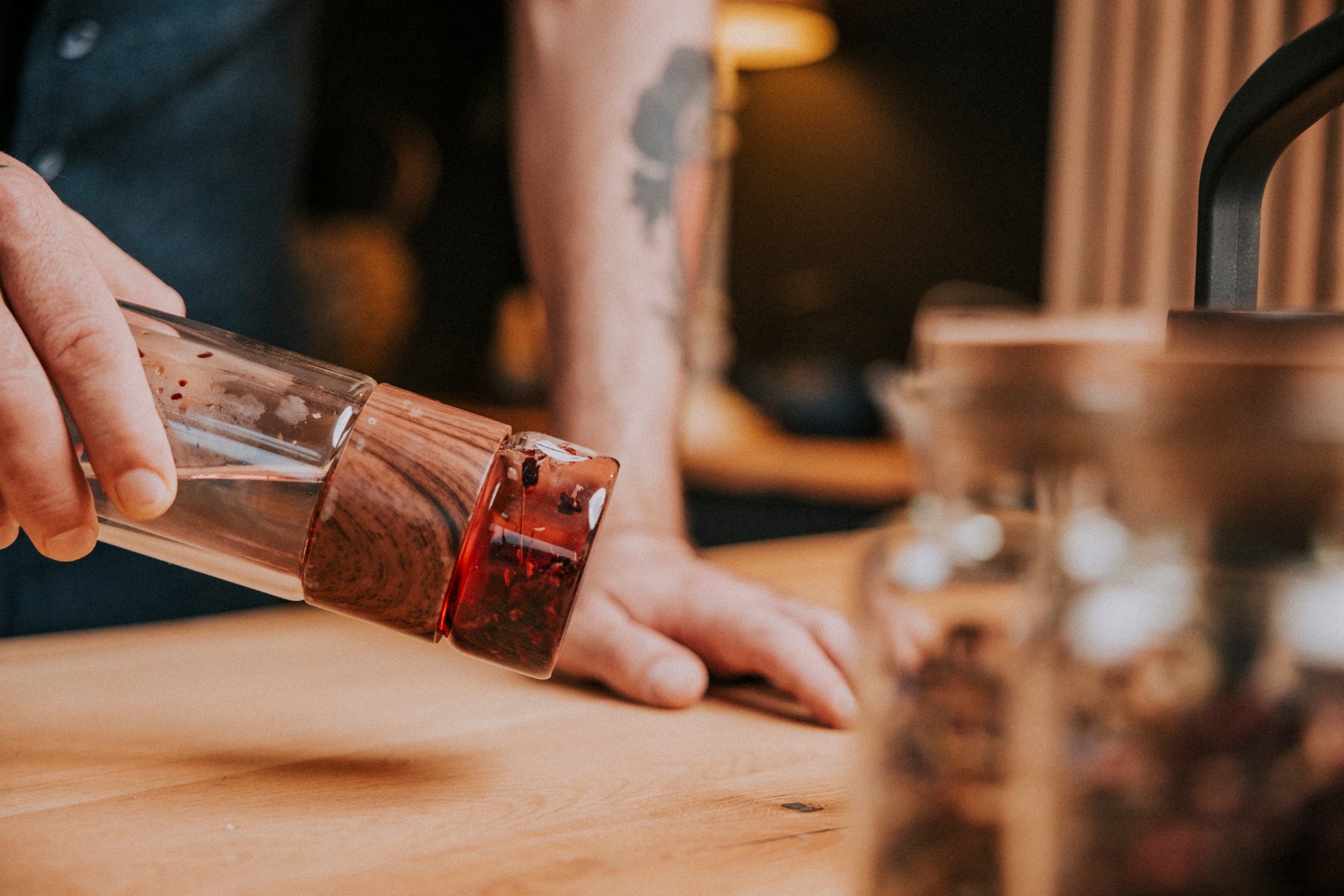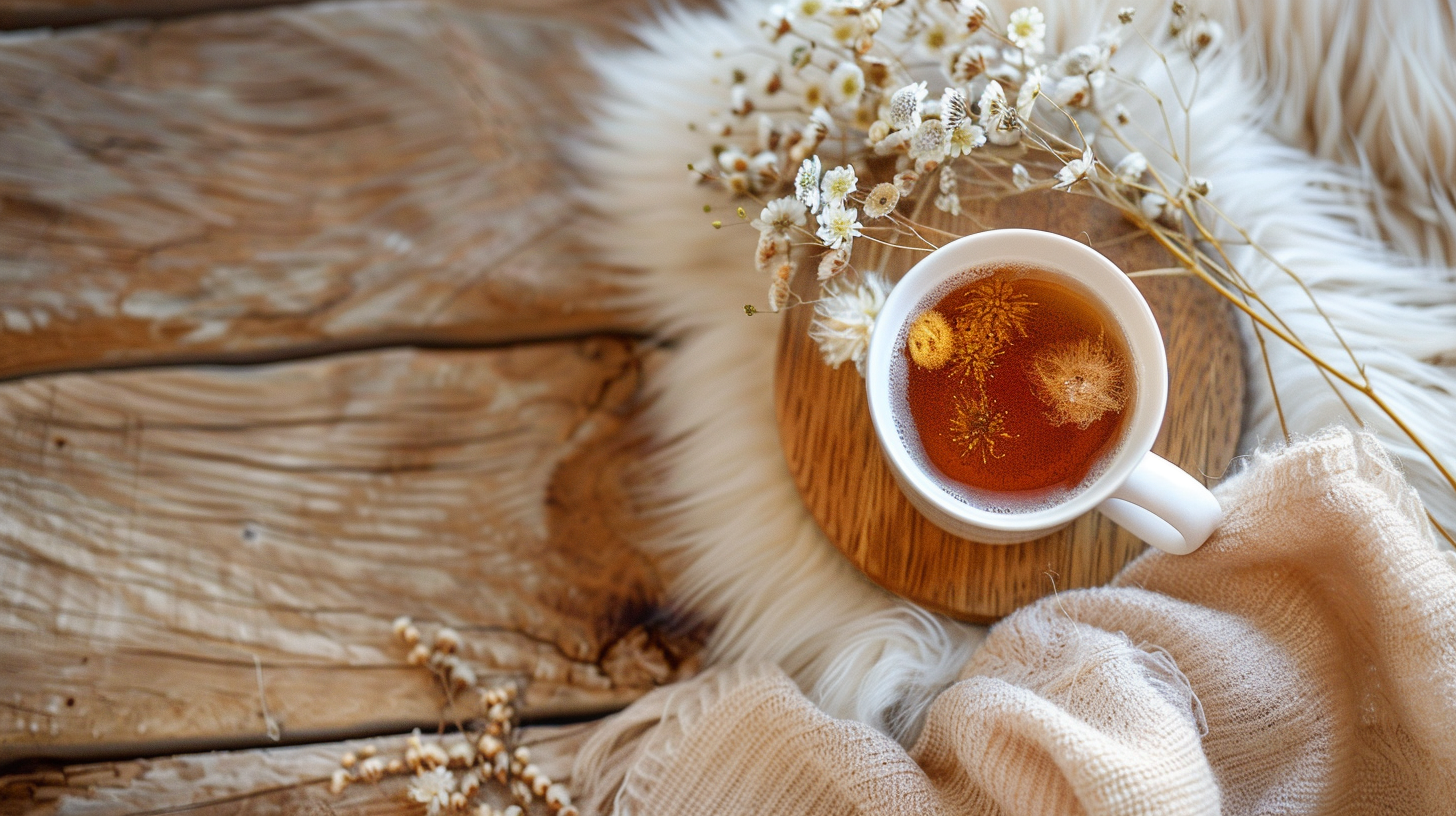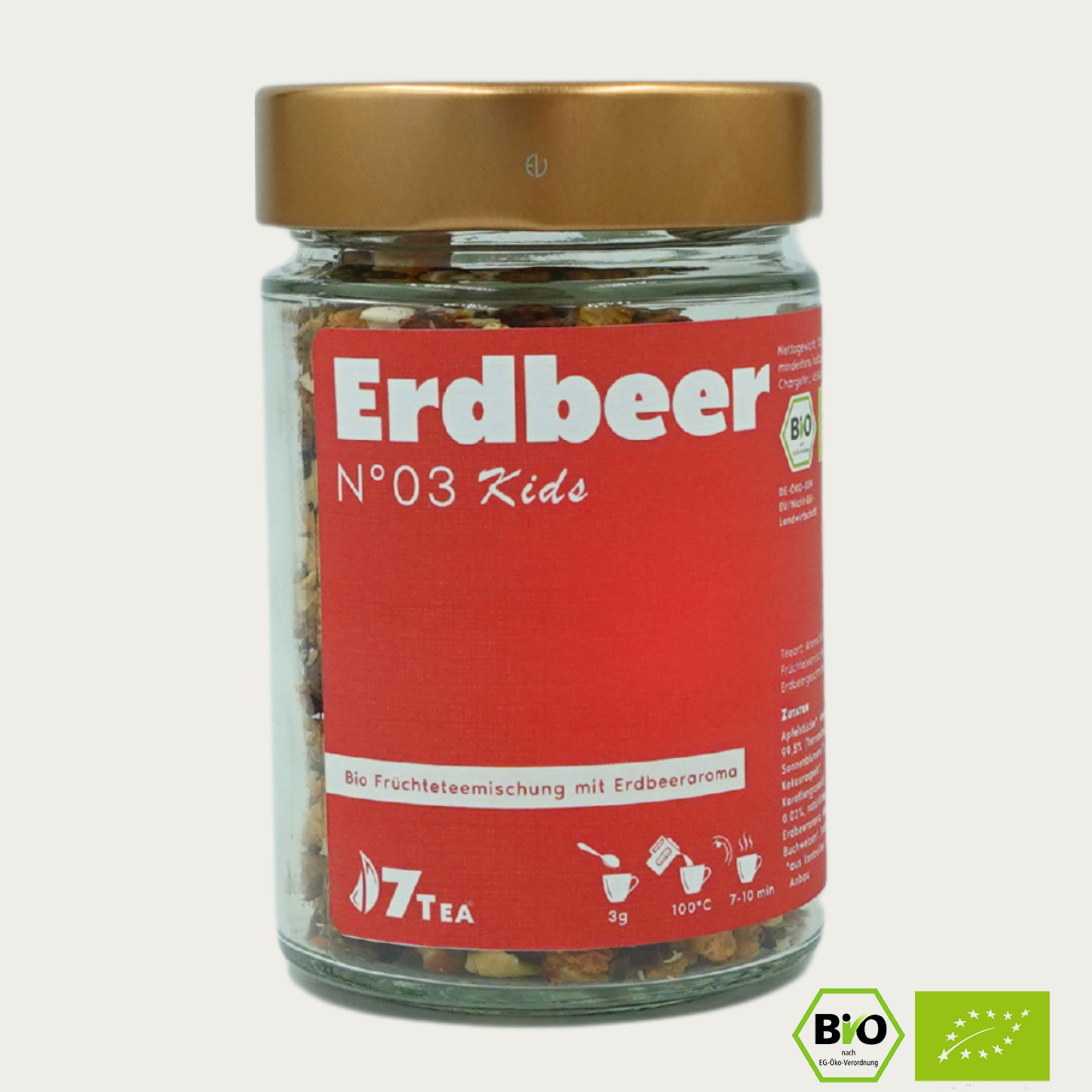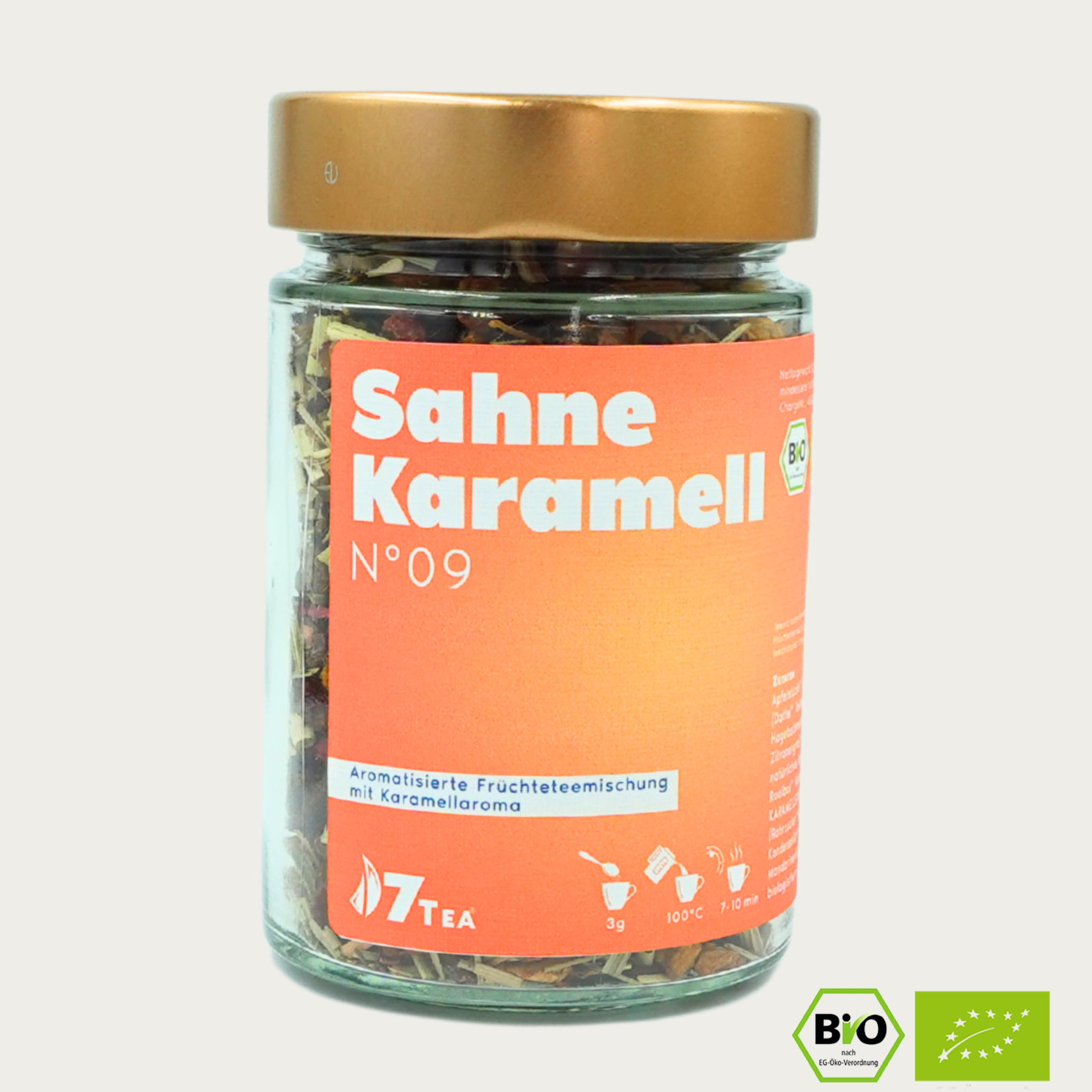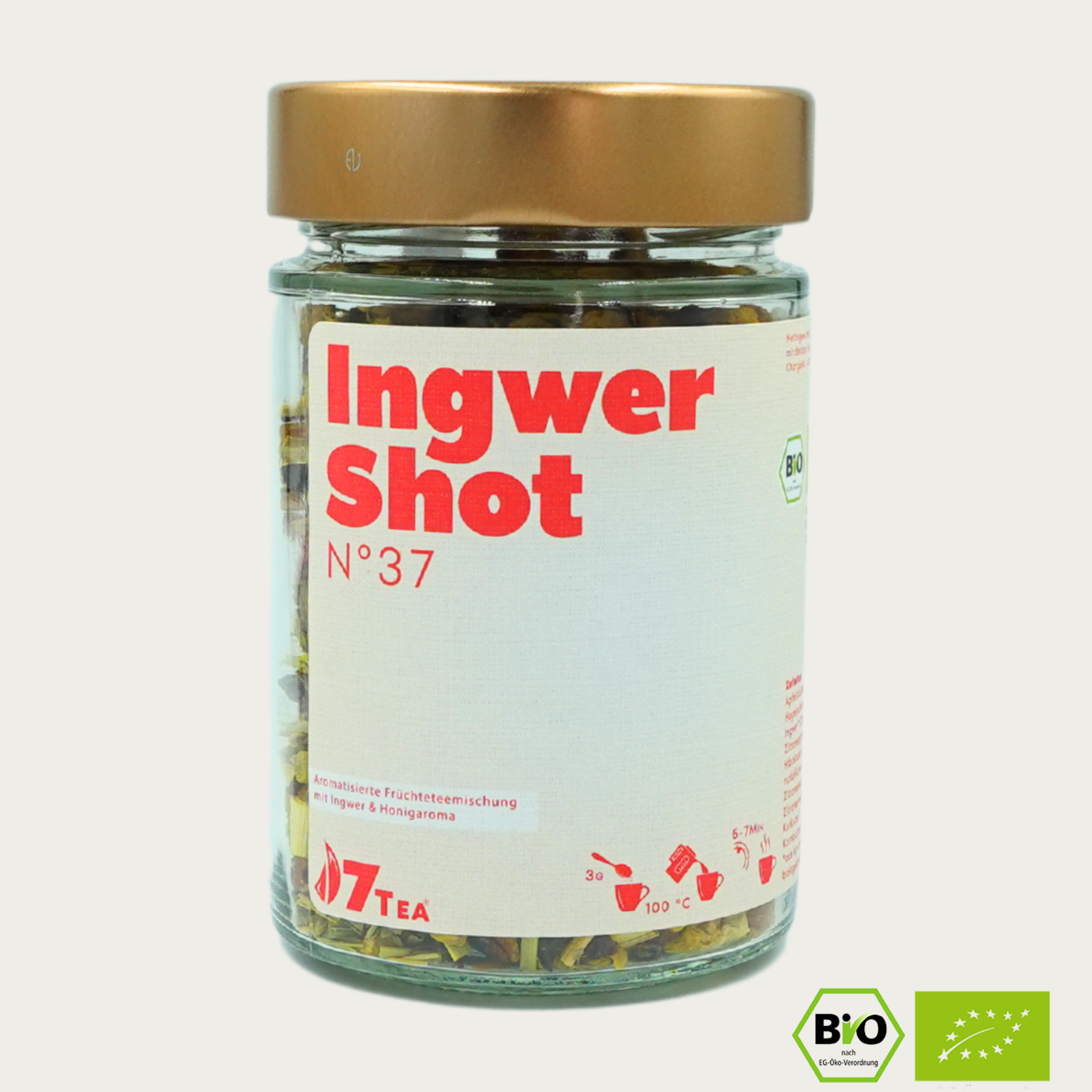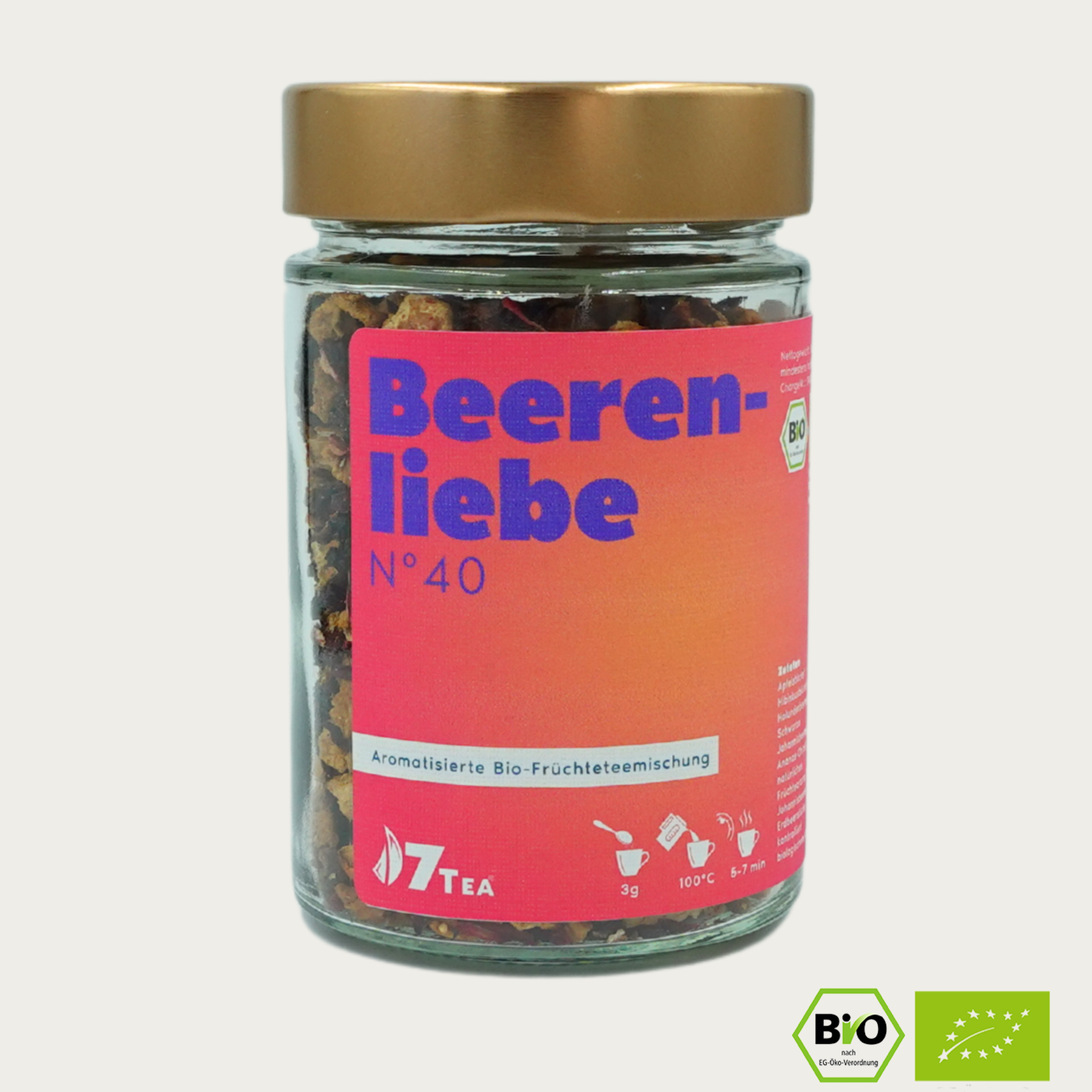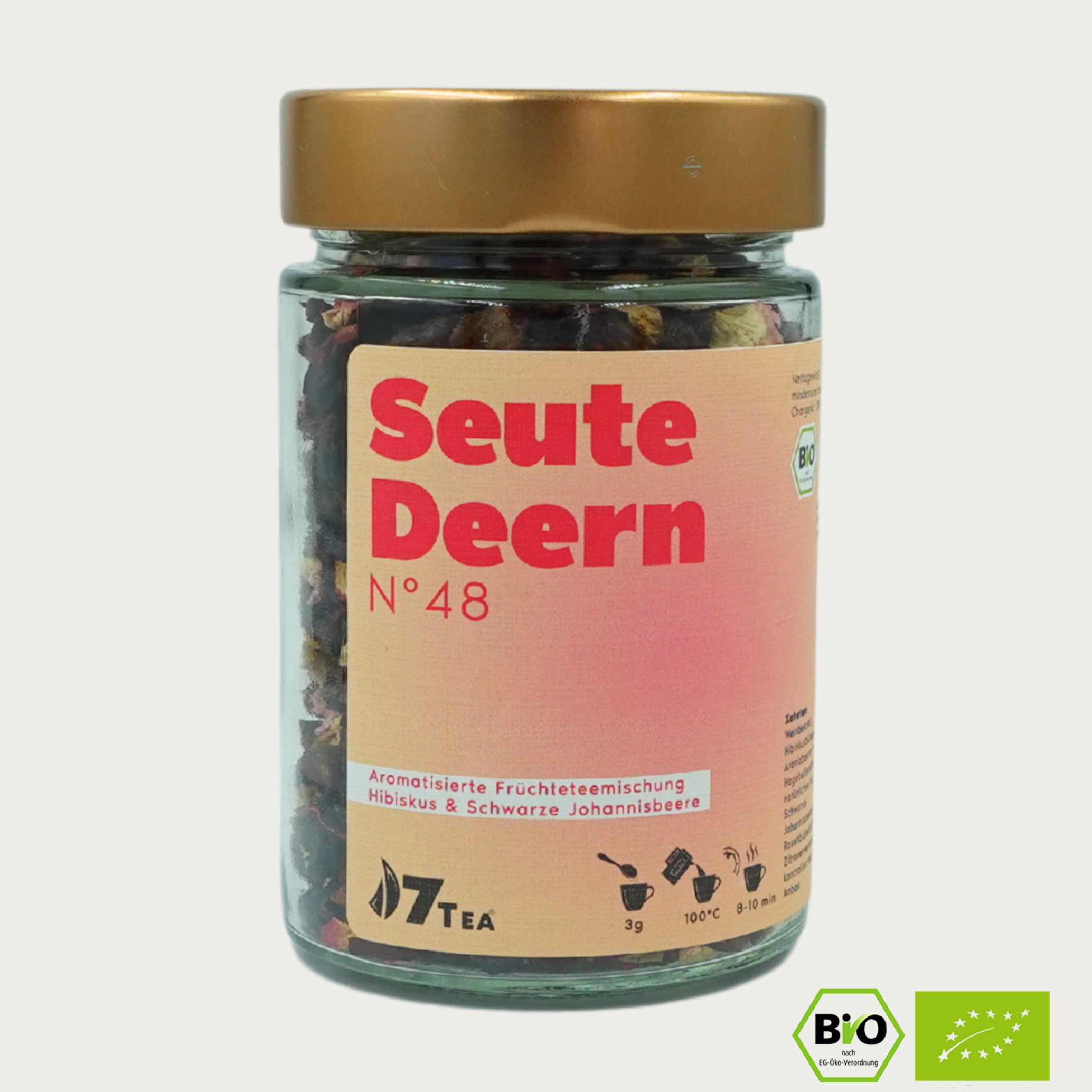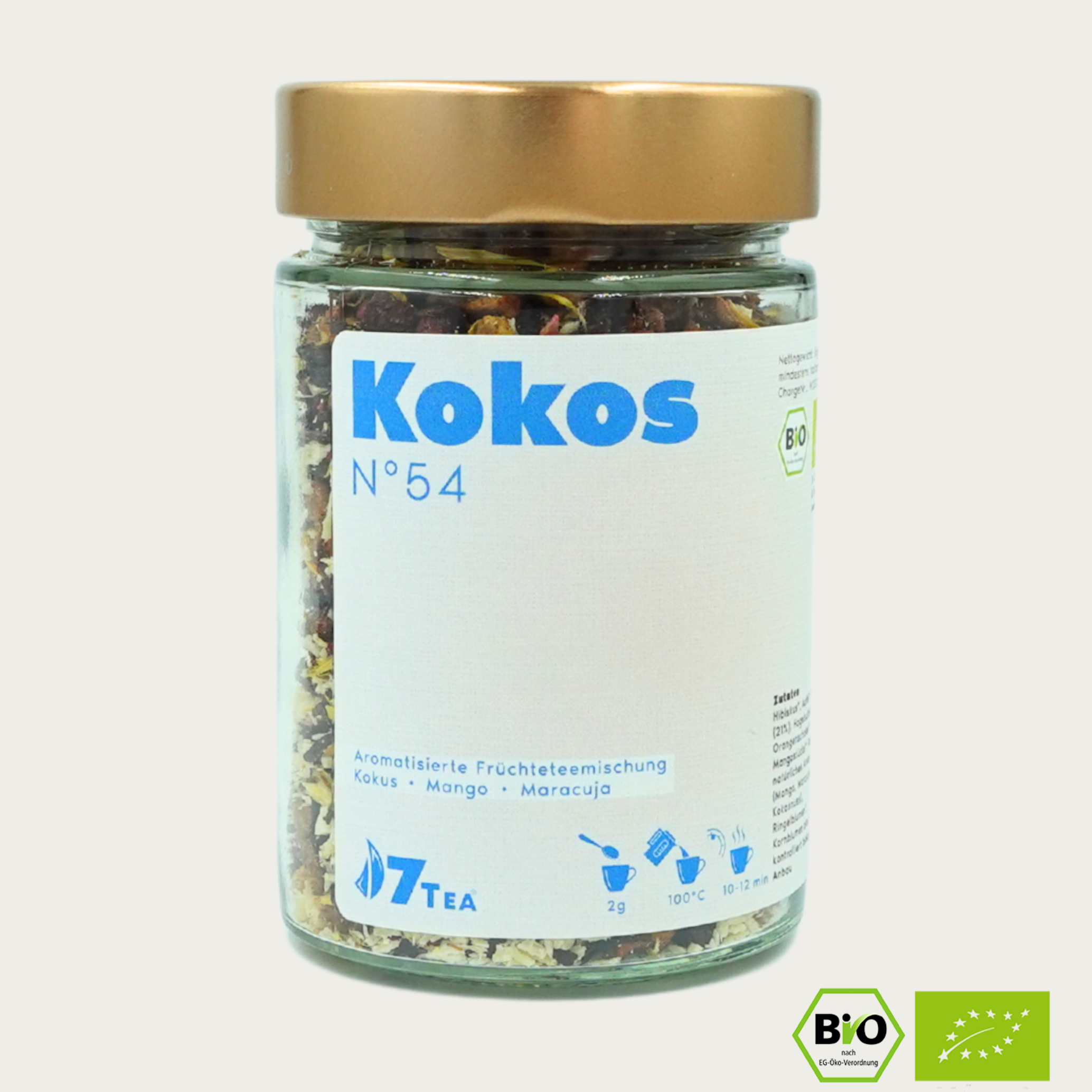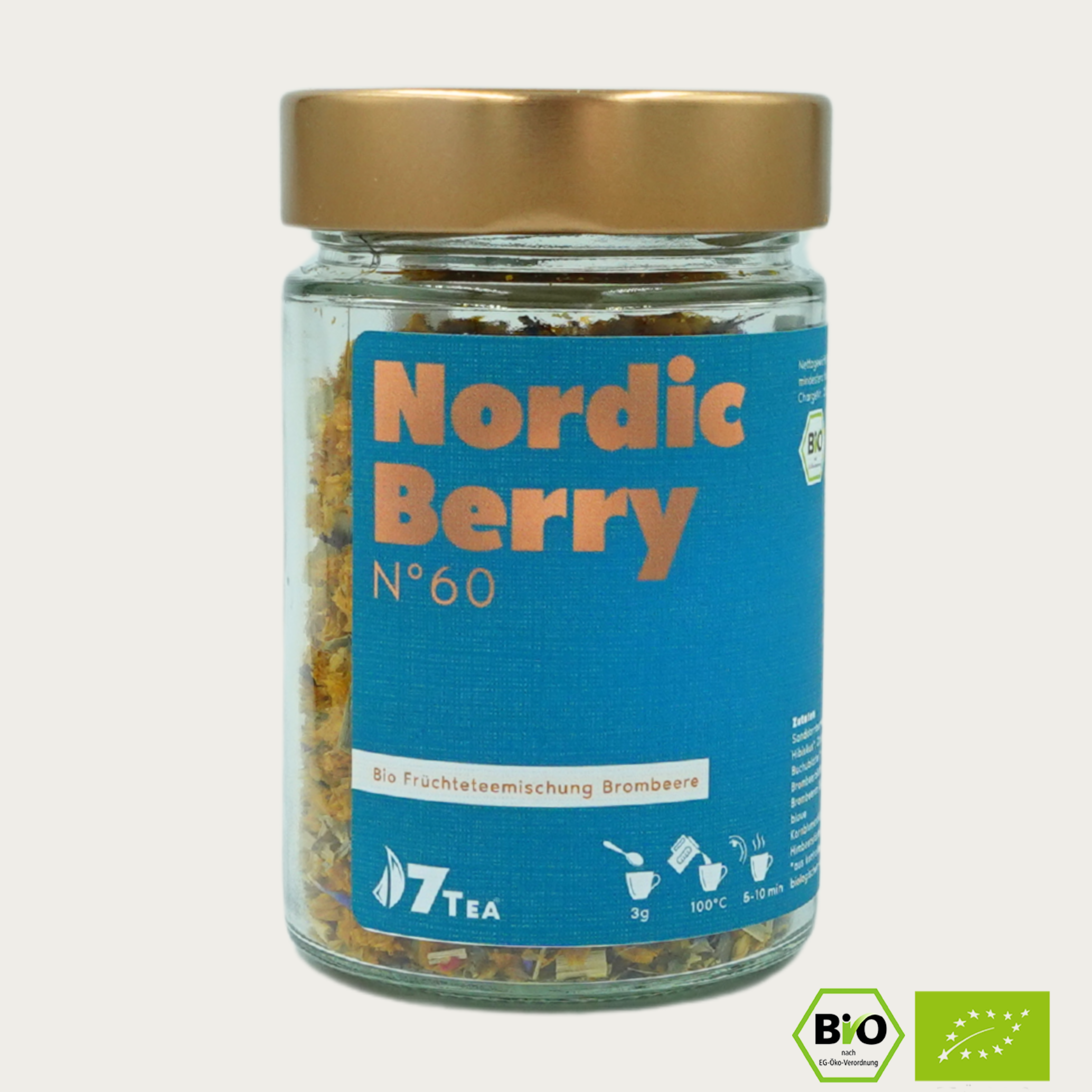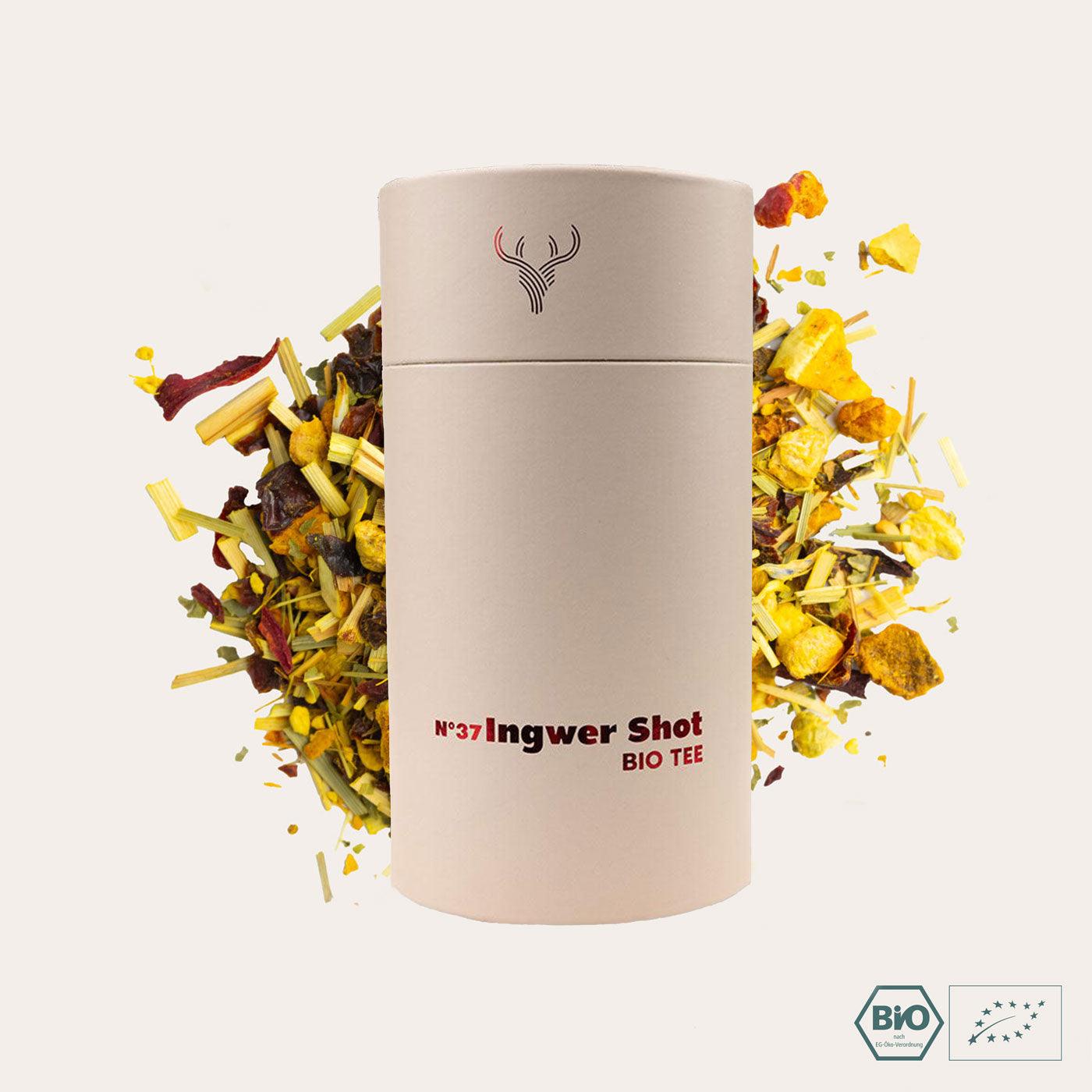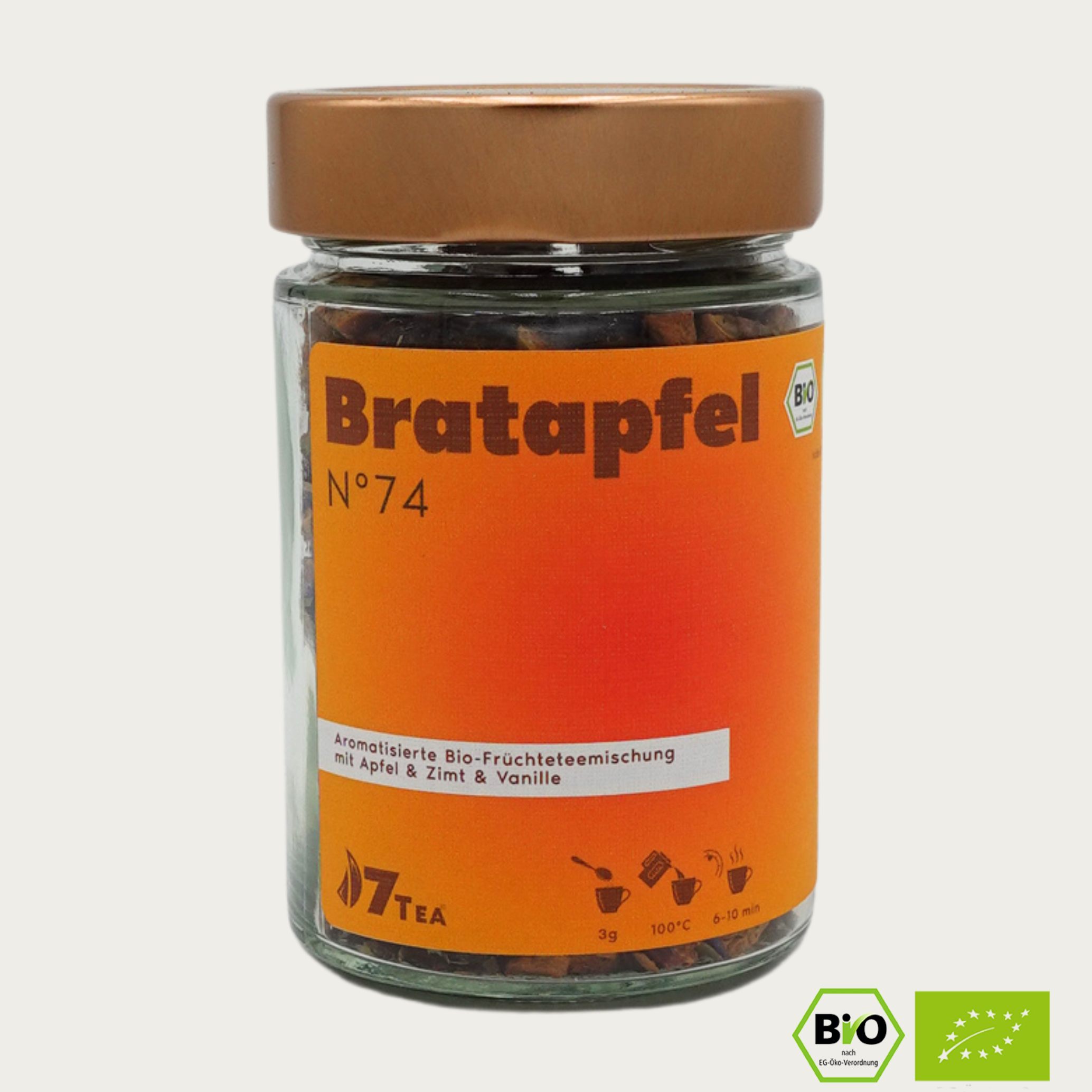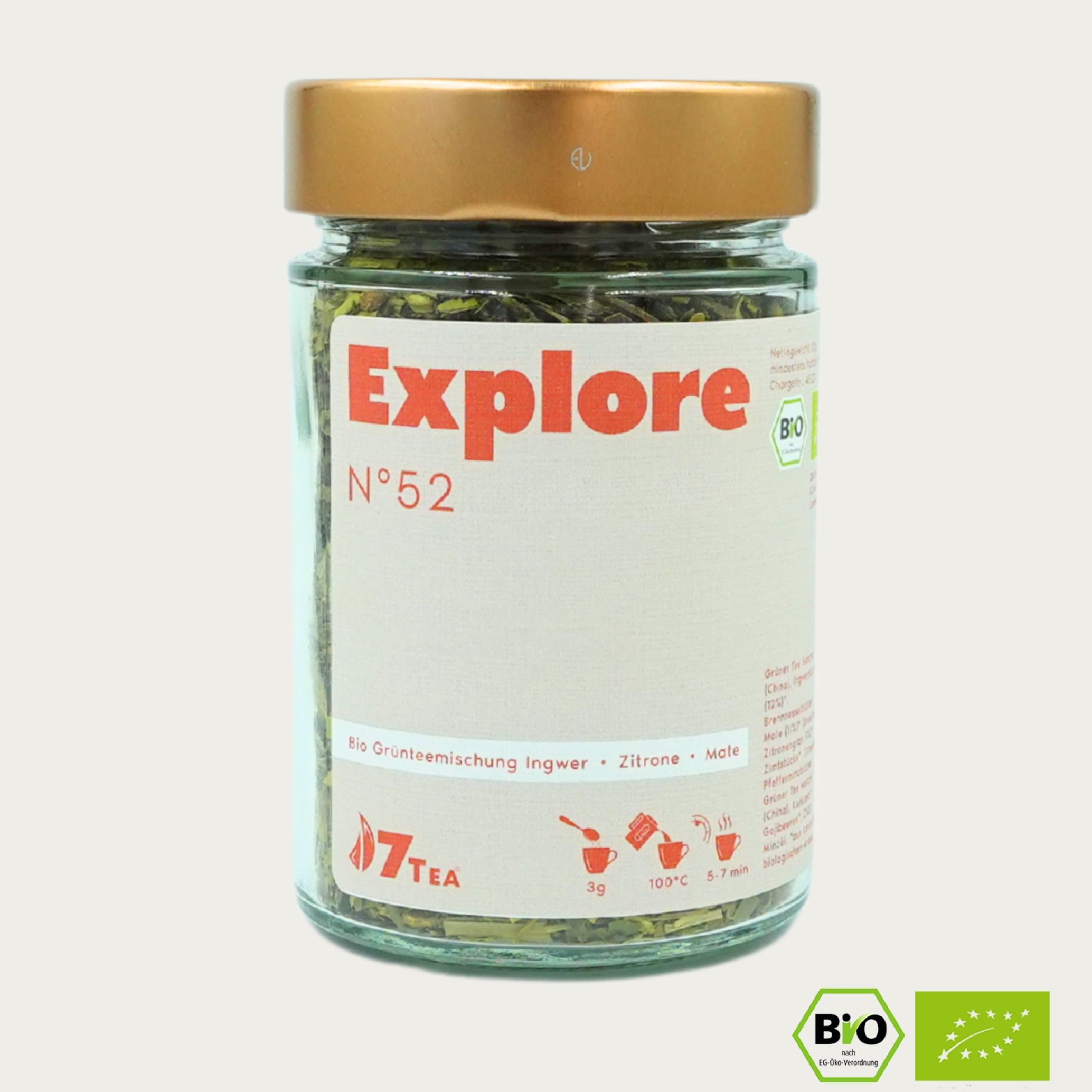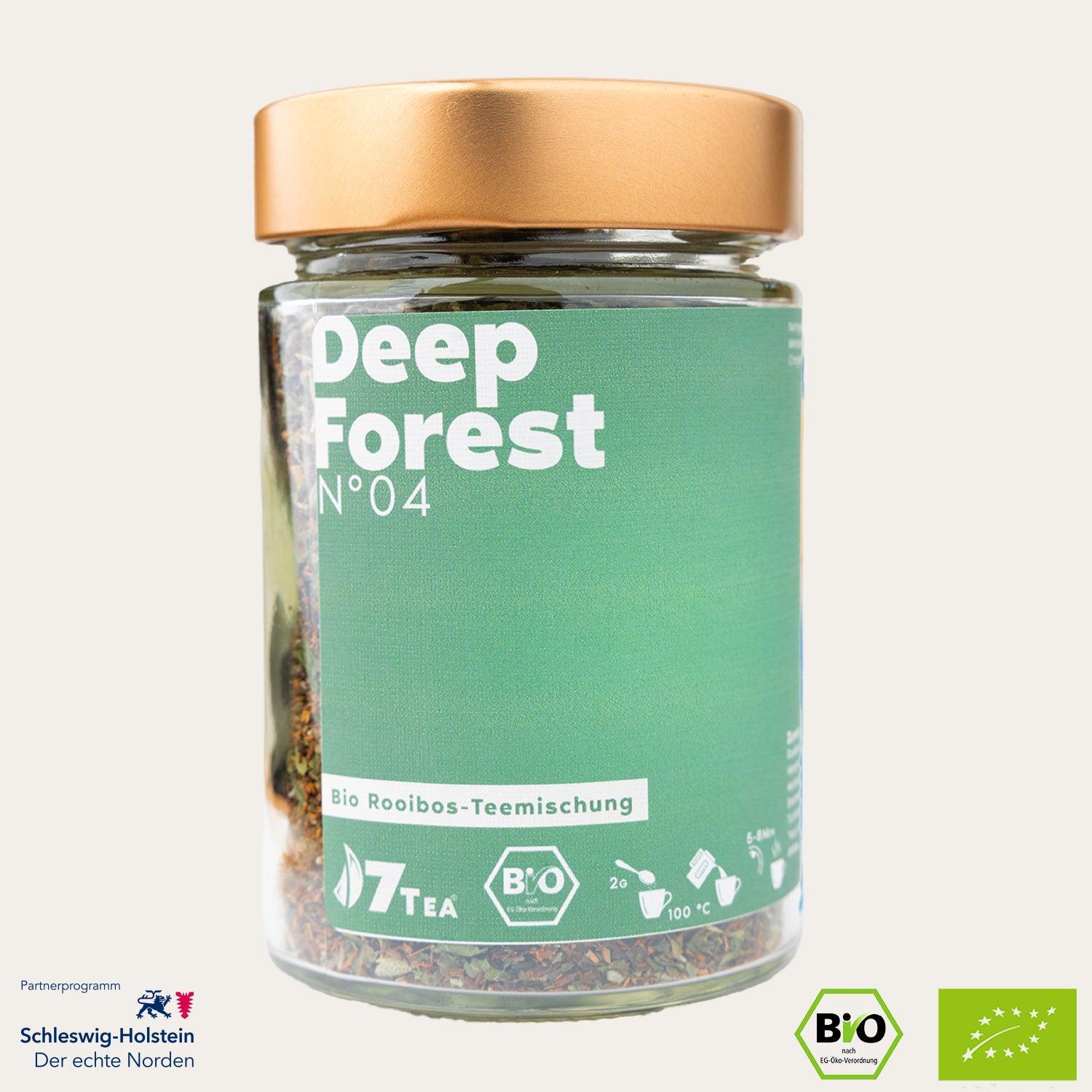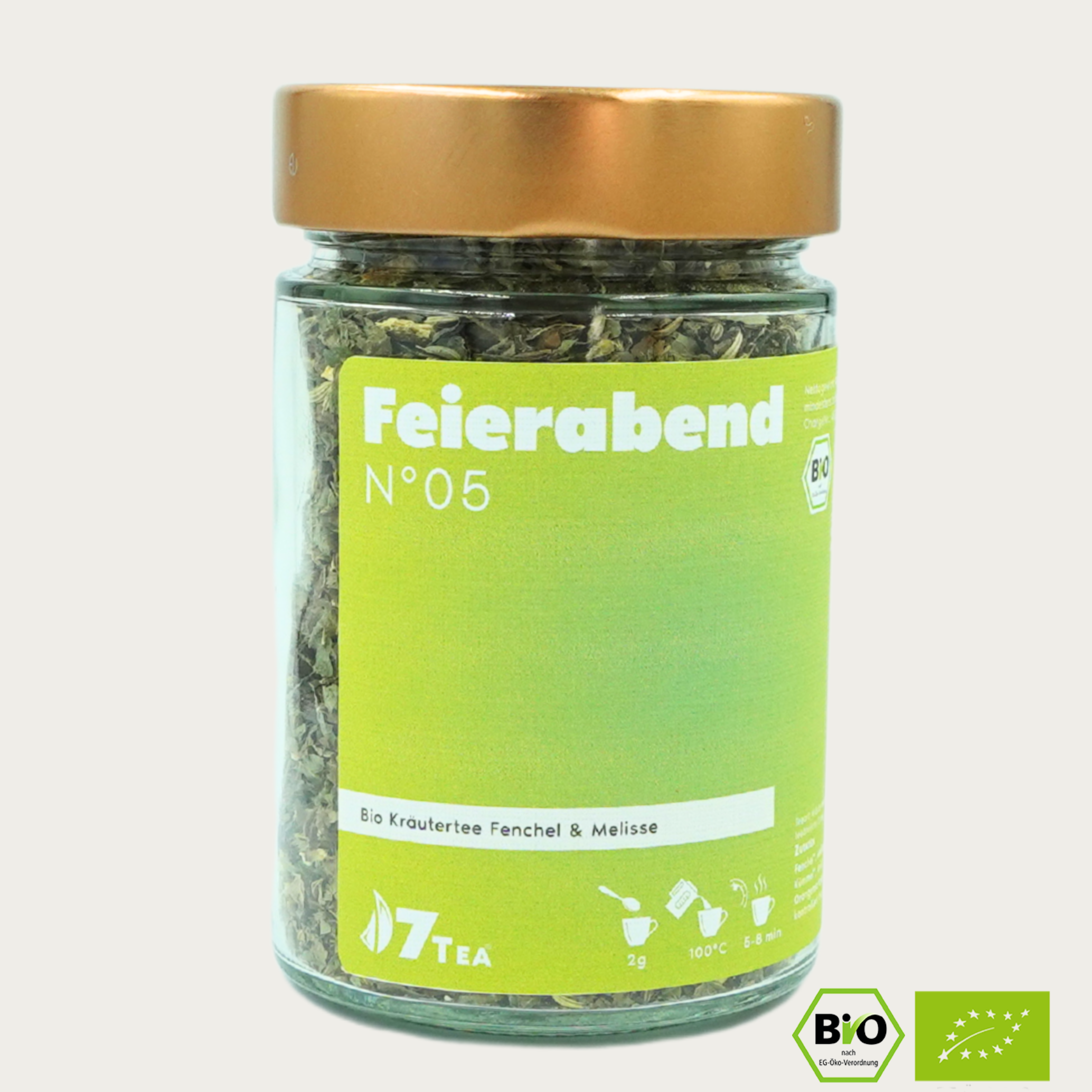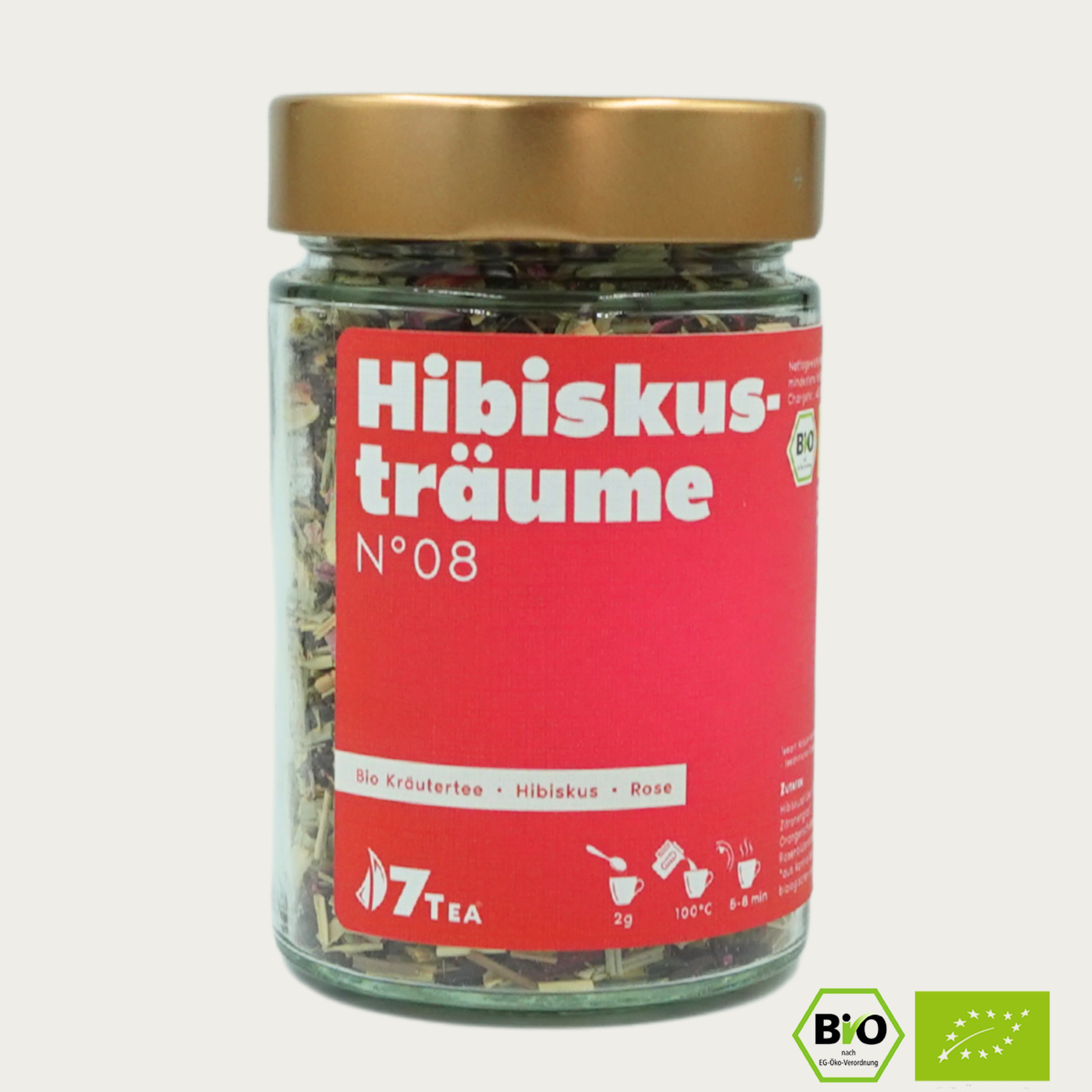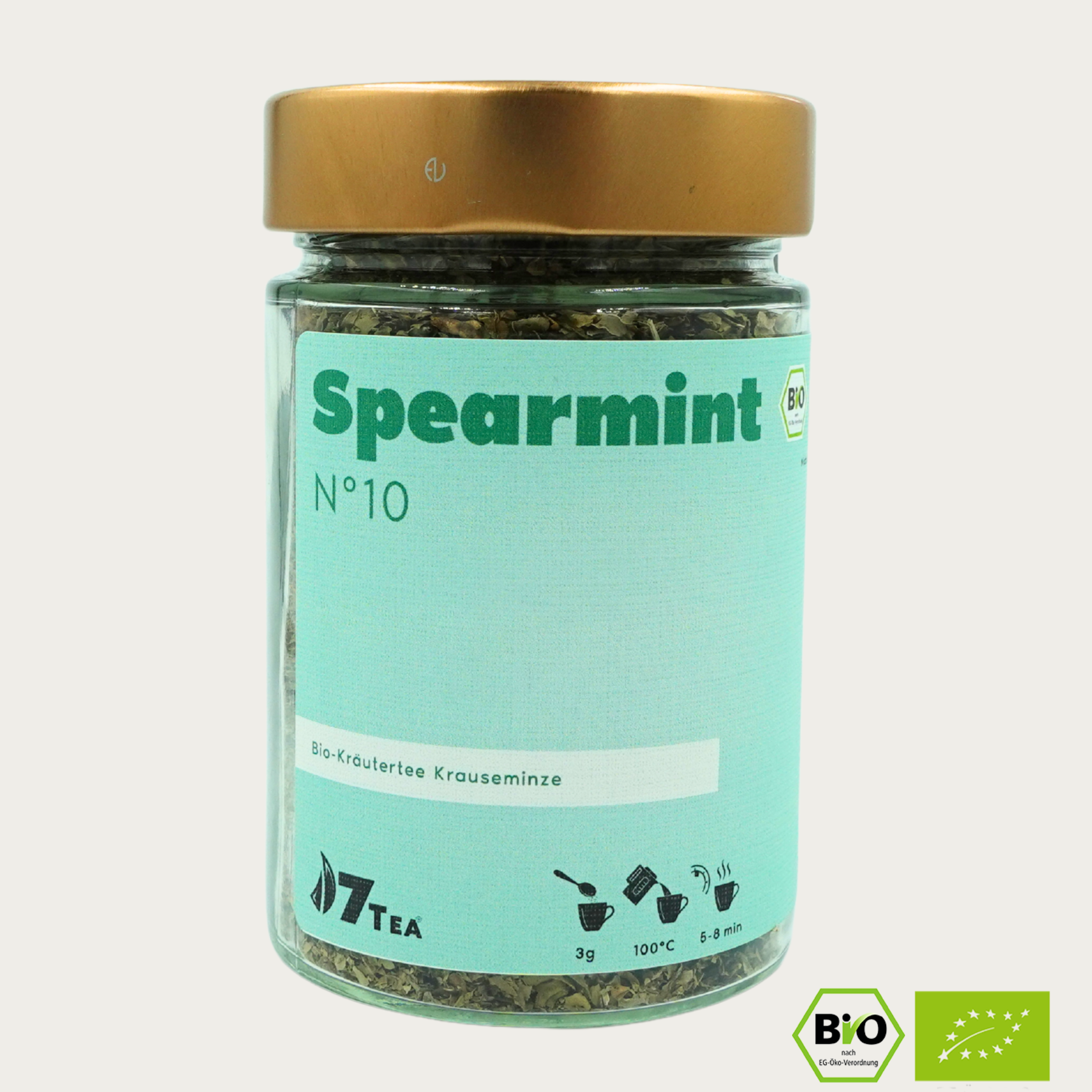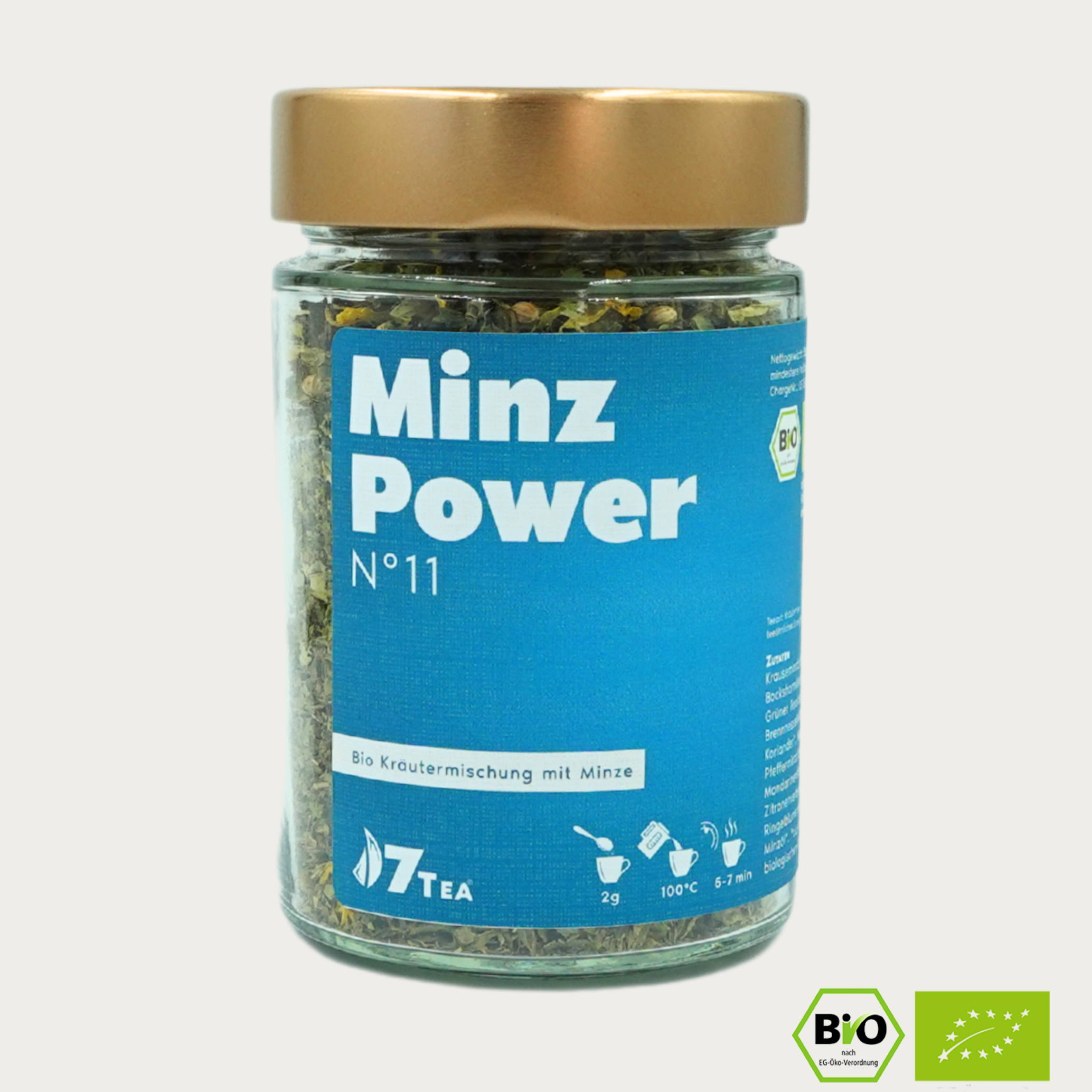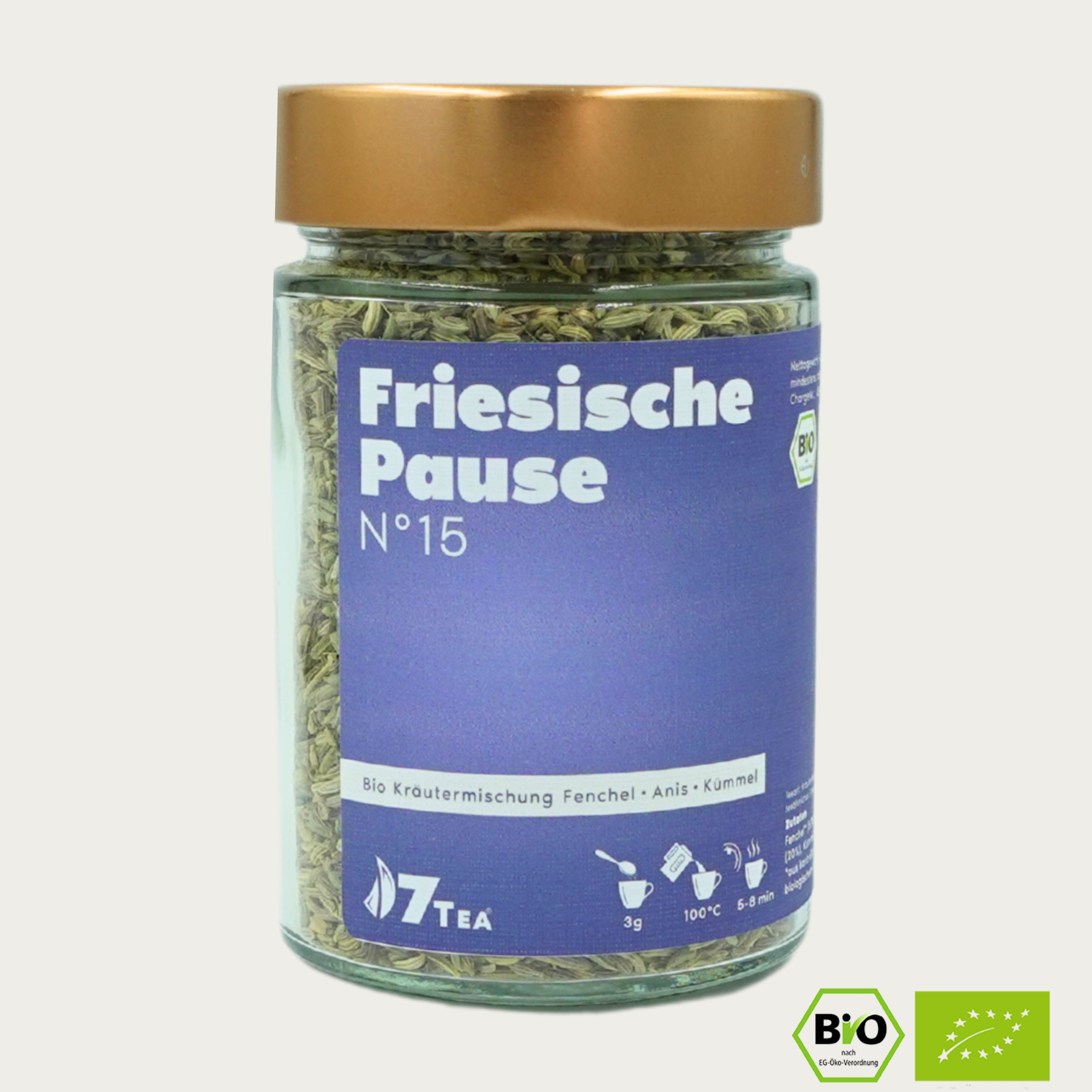Difference between Darjeeling and Earl Gray tea
The difference between Darjeeling and Earl Gray tea lies mainly in their origin, composition and flavor profiles:
-
Origin and type of tea :
- Darjeeling : Darjeeling is a type of tea grown exclusively in the Darjeeling region of the Indian state of West Bengal. It is a black tea, although there are also Darjeeling varieties in green, white and oolong forms. The geographical location and altitude of this region give the tea its unique aroma.
- Earl Grey : Earl Gray is not a tea that comes from a specific region, but rather a tea blend that is usually made from black tea and flavored with bergamot oil. The basis for Earl Gray can be one or more different black teas, such as Assam, Ceylon or Darjeeling.
-
Taste and aroma :
- Darjeeling : Darjeeling is known for its delicate and slightly floral aroma. Often referred to as the “Champagne of teas,” it has a distinctive muscatel-like flavor that is prized by many tea connoisseurs.
- Earl Grey : Earl Grey, on the other hand, is known for its distinctly citrusy aroma, which comes from the addition of bergamot oil. The oil gives the tea a distinctly fresh and slightly spicy note.
-
Usage and Popularity :
- Darjeeling : Darjeeling tea is often drunk neat to fully appreciate its delicate and nuanced flavor.
- Earl Grey : Earl Gray is a popular all-day tea and is often served with milk or lemon and sometimes with sugar or honey.
-
Production and processing :
- Darjeeling : The processing of Darjeeling tea follows traditional methods of tea making, with the leaves being carefully picked, rolled, oxidized and dried.
- Earl Grey : When making Earl Grey, base oil from bergamot orange is added to black tea. This additional treatment gives Earl Gray its distinctive aroma.
In summary, Darjeeling is a geographically specific tea with a delicate flavor, while Earl Gray is a flavored tea blend with a distinctive bergamot aroma.


